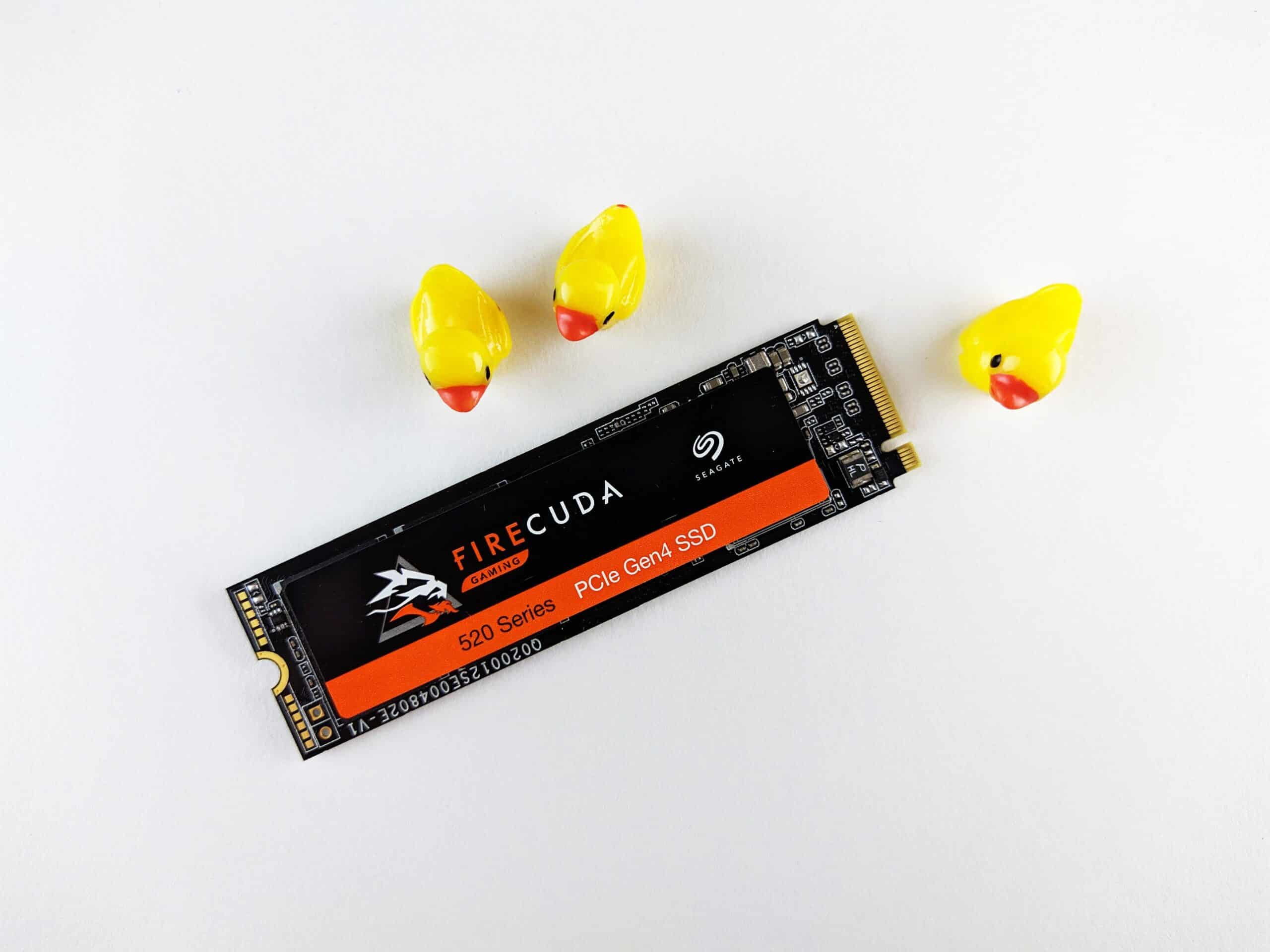Understanding Hard Drives: Types, Functionality, and How to Choose the Right One for Your Computer
Understanding Hard Drives: A hard drive is a component of a computer that stores and retrieves digital information. It is a non-volatile storage device, meaning that it can retain data even when the computer is turned off.
The hard drive consists of one or more circular platters that are coated with a magnetic material. The platters spin rapidly, and an arm with a read/write head moves back and forth over the platters to read and write data.
When data is written to the hard drive, the read/write head magnetizes the magnetic material on the platters to represent the data. When data is read from the hard drive, the read/write head detects the magnetic signals on the platters and translates them back into digital data.
There are two main types of hard drives: hard disk drives (HDDs) and solid-state drives (SSDs). HDDs are the older and more common type of hard drive. They consist of spinning platters and a read/write head. SSDs, on the other hand, have no moving parts and use flash memory to store data.
HDDs are generally cheaper and can store more data than SSDs, but they are also slower and more prone to mechanical failure due to their moving parts. SSDs, on the other hand, are faster and more reliable, but they are also more expensive and have less storage capacity.
Hard drives come in various sizes and form factors, including 2.5-inch, 3.5-inch, and M.2. The size and form factor of the hard drive depend on the type of computer or device it is designed for.
Overall, a hard drive is a crucial component of a computer, allowing for the storage and retrieval of digital information. Whether you opt for an HDD or an SSD, choosing the right hard drive can greatly affect the performance and reliability of your computer.
